When Great Technology Meets Human Resistance
Salesforce rollouts don’t fail because of bad software. They fail because people don’t change as easily as systems do.
We’ve seen it time and again — a company invests in Salesforce, excited about automation and analytics, only to find users still tracking leads in spreadsheets or avoiding dashboards altogether. It’s not a technology problem. It’s a behavioral one.
At ABSYZ, we’ve helped organizations across industries overcome that invisible barrier: the psychology of adoption. Because a CRM only works when people actually use it.
The Hidden Challenge: Adoption Is Emotional, Not Technical
When a new system like Salesforce is introduced, it triggers a spectrum of emotions — uncertainty, fear, fatigue, or even skepticism.
Employees often ask:
“Will this make my job harder?”
“What happens to my workflow?”
“Why fix something that isn’t broken?”
For organizations in traditional industries (manufacturing, BFSI, education), especially across the Midwest, these questions are real and valid.
Recognizing them is the first step to successful adoption.
Understanding the Psychology of CRM Adoption
True transformation starts by addressing how people think and feel about change.
Here are the 3 most common behavioral roadblocks we see:
1. Fear of Replacement
Automation is often misunderstood as redundancy.
Reframe the narrative: Salesforce isn’t replacing people — it’s amplifying their capability.
2. Loss of Familiarity
People trust what they know. Moving from manual tracking to Salesforce dashboards requires confidence, not just training. The key? Early involvement and empathy-led onboarding.
3. Lack of Immediate Reward
If users don’t see value soon, motivation drops fast. Gamification, progress recognition, and visible wins are powerful psychological levers.
The ABSYZ Playbook: Driving Adoption That Lasts
1. Co-Create the Change
Involve power users early — they’re your internal champions. Let them shape the system and advocate for it.
2. Simplify, Then Scale
Start with intuitive workflows. Layer in complexity gradually once confidence builds.
3. Train for Behavior, Not Buttons
A training session shouldn’t be about “where to click.” It should answer, “Why does this matter to my daily work?”
4. Celebrate Quick Wins
Highlight early successes publicly — even a single rep closing a deal faster using Salesforce deserves recognition.
5. Continuous Feedback Loop
Utilize surveys, adoption dashboards, and in-app feedback to monitor sentiment and address friction in real-time.
Case in Point: Turning Reluctance into Results
A Midwest-based BFSI client initially faced heavy internal resistance — sales reps felt Salesforce was “extra work.”
ABSYZ implemented a gamified adoption framework using custom badges, performance visualizations, and team challenges. Within 90 days, active user engagement rose by 55%, and data completeness improved by 40%.
The CRM stopped being a chore — it became a competition.
Author: Vignesh Rajagopal




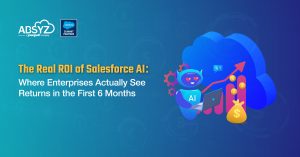
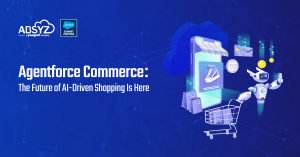
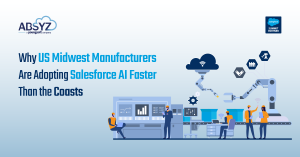
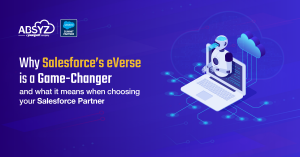


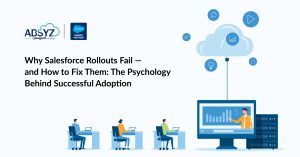
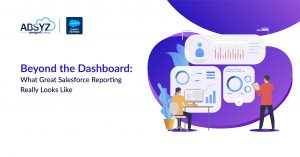



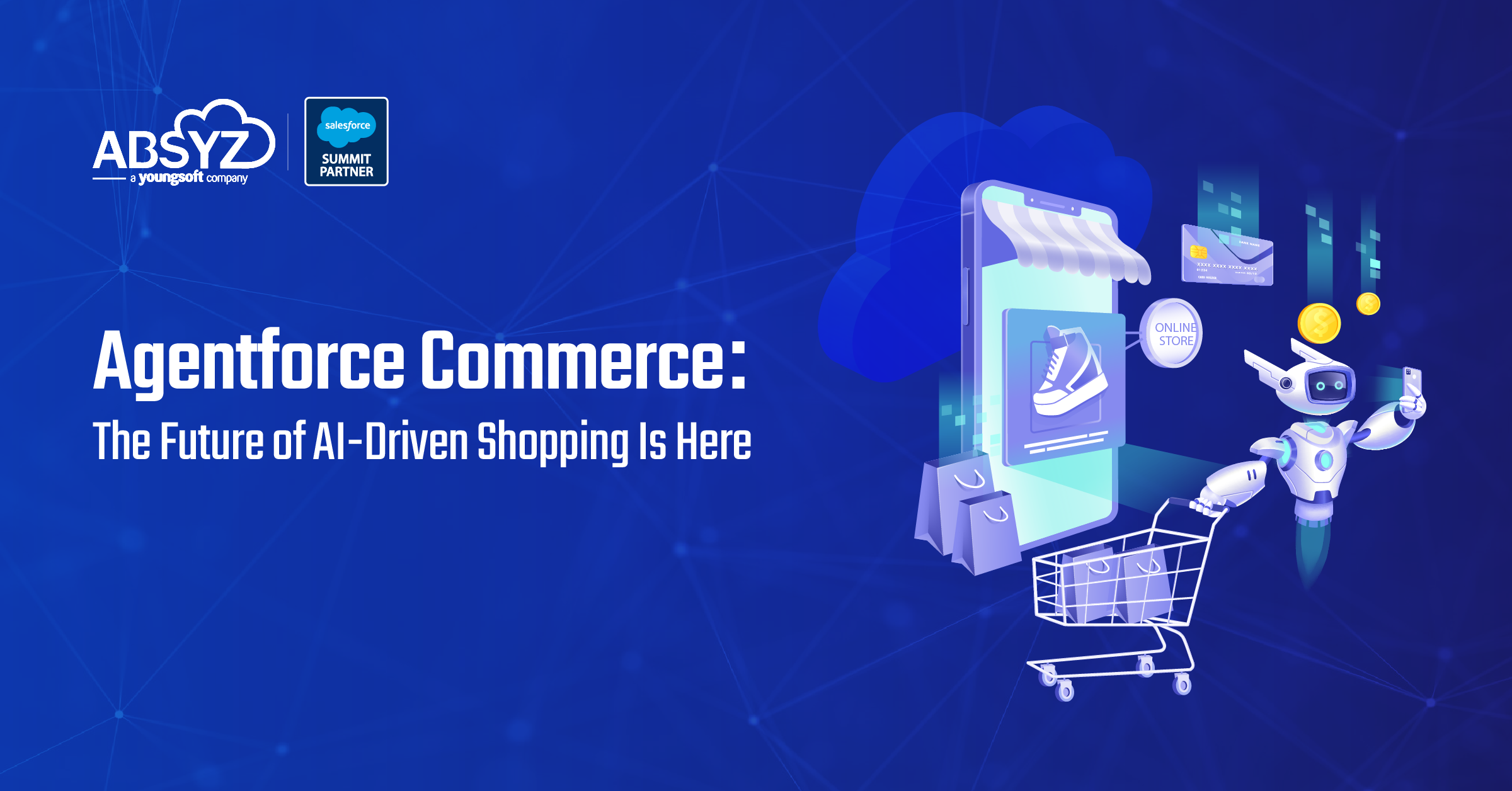
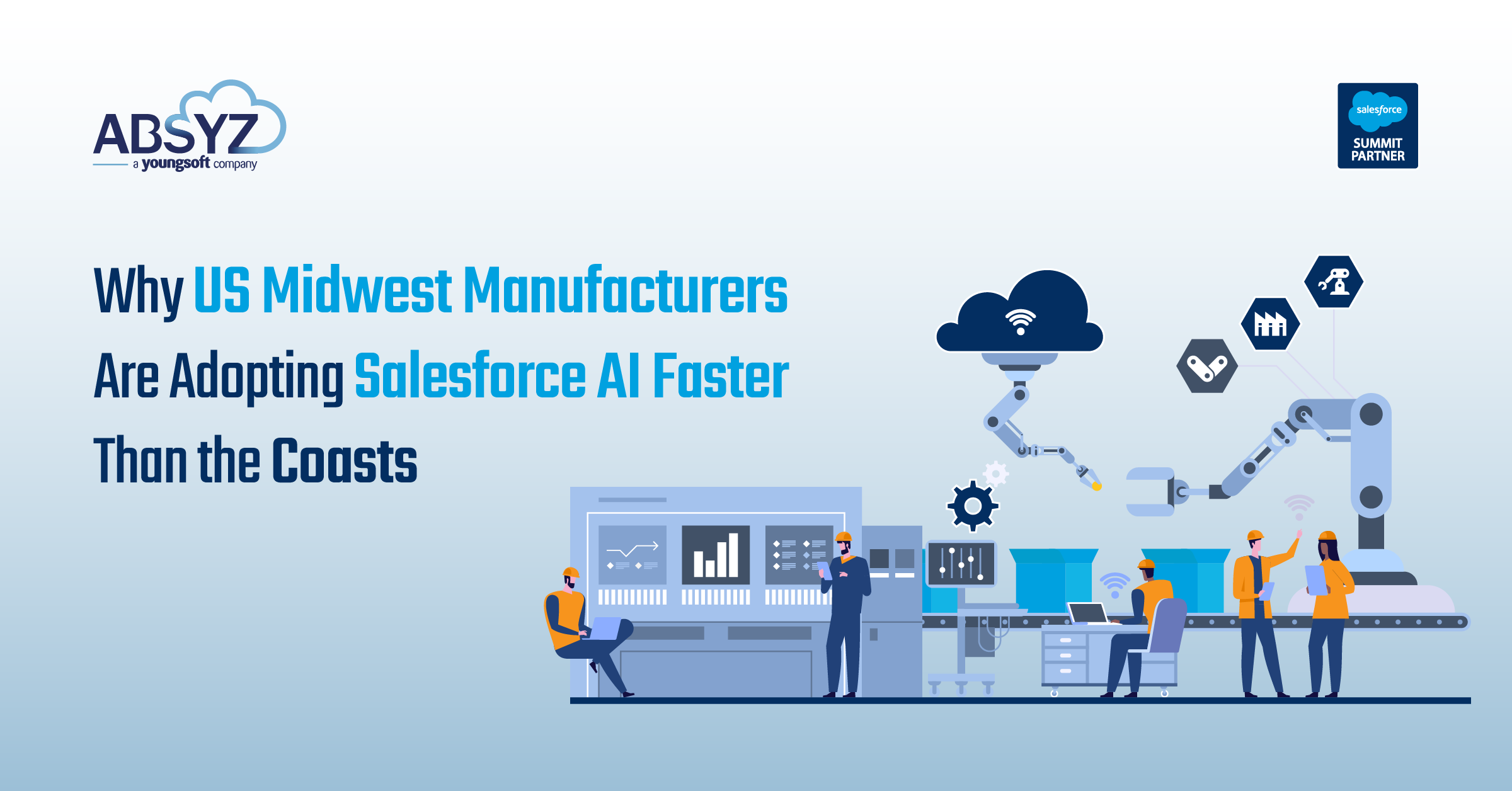
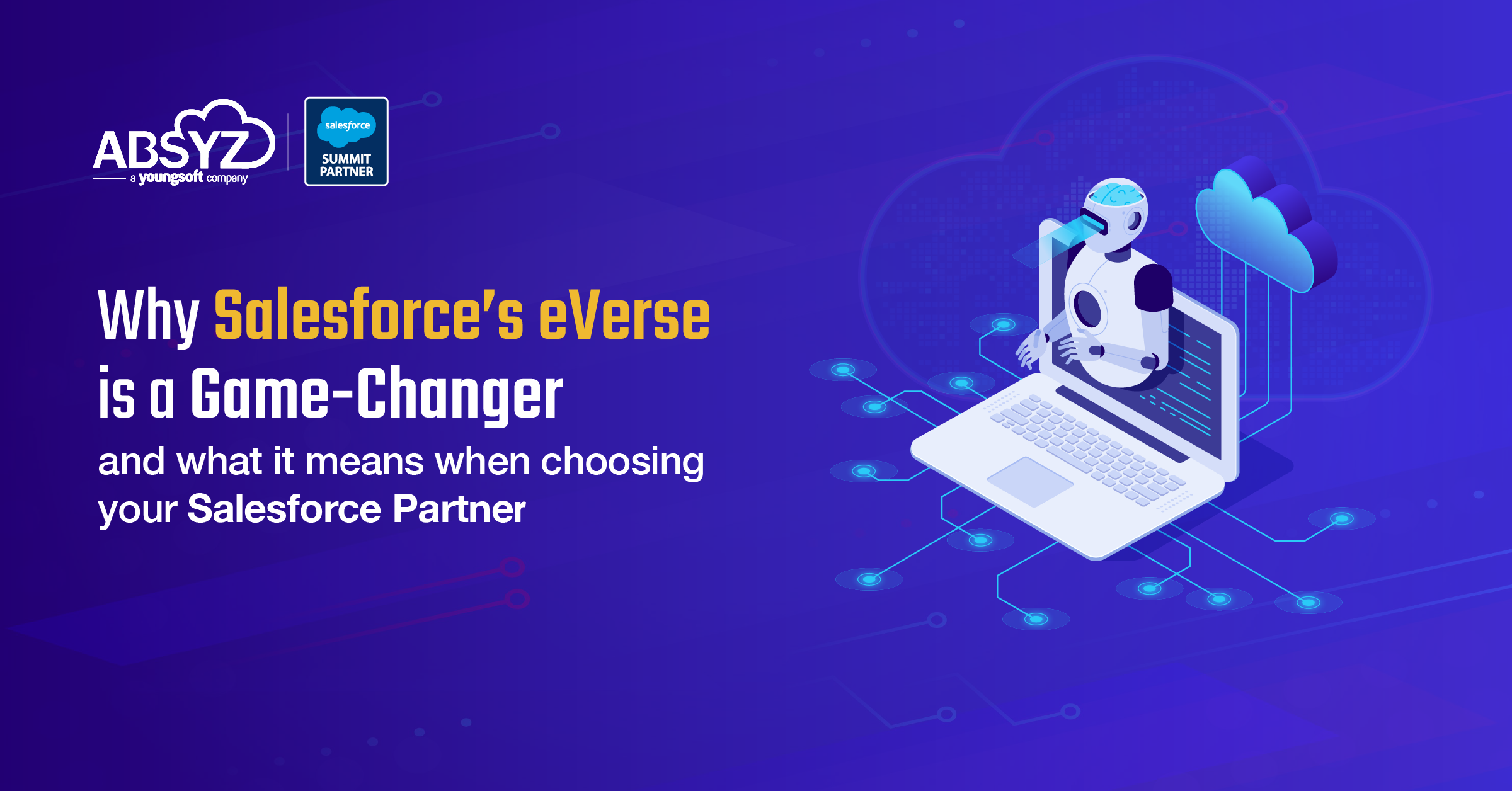
1 thought on “Why Salesforce Rollouts Fail — and How to Fix Them: The Psychology Behind Successful Adoption”
This is a very insightful and helpful post! Understanding the psychology behind Salesforce adoption is crucial. Focusing on user training, change management, and clear communication can prevent rollout failures and ensure teams fully leverage the platform for better efficiency and results.